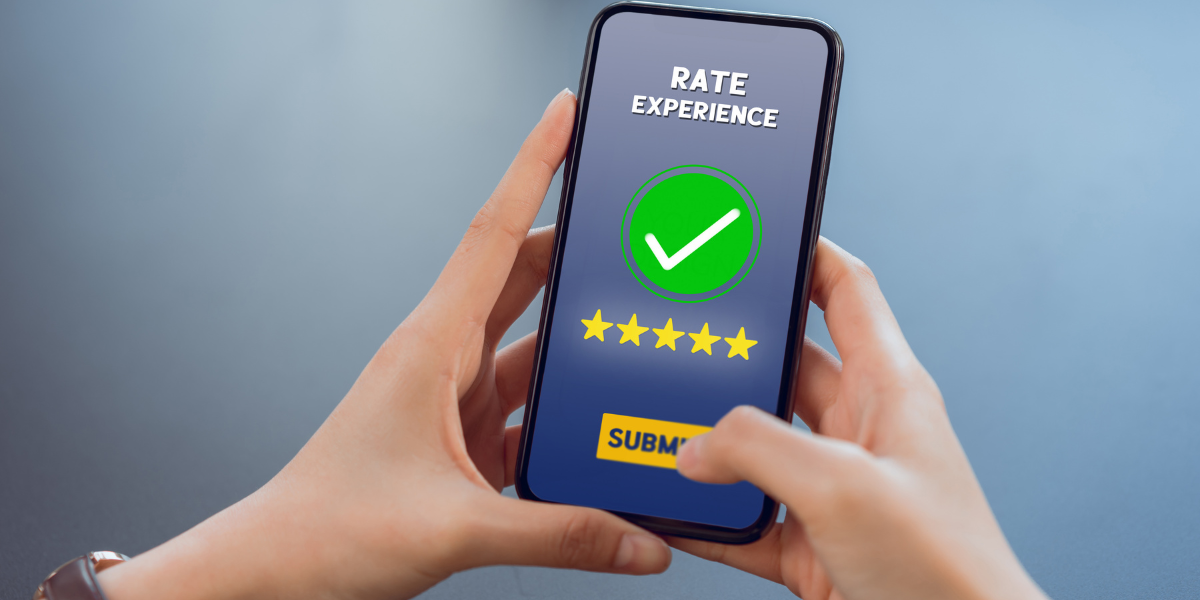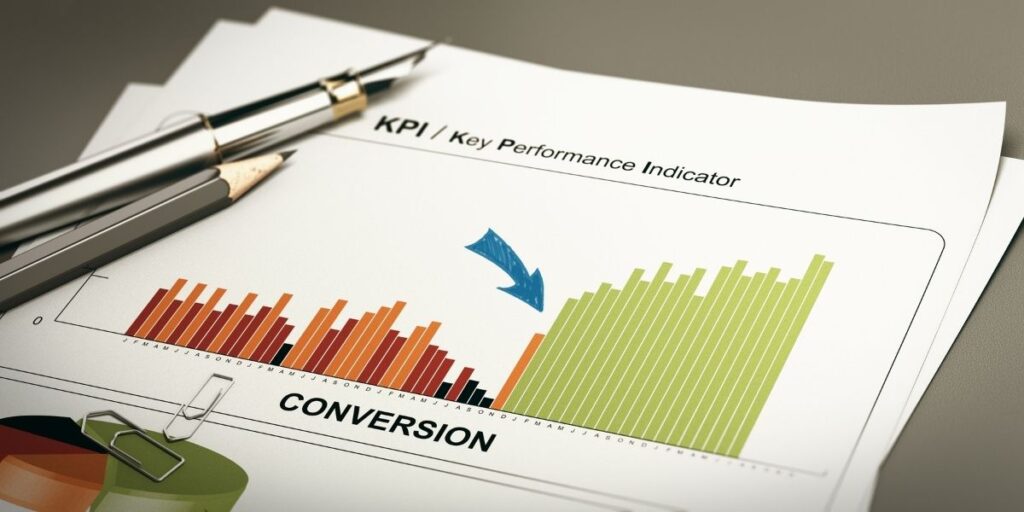As digital marketing experts at SpreadMe Digital, we know how challenging it can be to stand out in your local market. We’ve seen countless businesses miss opportunities simply because they weren’t visible online to customers searching nearby. If you’re not actively working to attract local customers through digital channels, you could be losing a significant share of your market to competitors.
With more people relying on online search, maps, and social media to find services and products nearby, it’s never been more important to ensure your business appears in those searches. In this guide, we’ll walk you through what we’ve learned from years of helping businesses dominate local search—and how you can do the same.
Why Local Customers Matter

Local customers are more than just foot traffic—they are your most loyal and repeat buyers. For most businesses, especially small and medium-sized ones, the local audience makes up a significant portion of their revenue. We always ask our clients one key question: Can your business grow without strong local support? For most, the answer is no.
Here’s why local customers are crucial:
- Higher purchase intent: People searching locally usually need a solution now, which leads to faster conversions.
- Frequent repeat business: Locals often return, bringing long-term value.
- Valuable word-of-mouth: Local customers share their experiences with friends and neighbors, helping grow your reputation.
- Trust factor: People prefer businesses they can physically visit or call nearby.
Insight from SpreadMe Digital: We’ve noticed that even businesses with great products struggle until they fine-tune their visibility for local audiences. That’s where we step in—to make sure you’re seen, trusted, and chosen.
Tip: Start by Googling your service with “near me” and see if your business comes up. If not, let’s change that.
Common Mistakes That Drive Away Local Customers

We’ve audited hundreds of businesses and found a few repeat mistakes that hinder local success. Avoiding these can make all the difference.
1. Ignoring Local SEO
Local SEO is not optional—it’s essential. Businesses that ignore it don’t show up in “near me” or city-based searches. We’ve helped clients move from page 3 to the top 3 local search results just by implementing proven SEO strategies.
Here’s what we see often:
- No city/location keywords in website content
- Missing meta descriptions with local focus
- Zero backlinks from local directories or community websites
Talk About Your Marketing Budget With Expert
2. Incomplete Google Business Profile (GBP)
Your Google Business Profile is your digital storefront. An incomplete or outdated GBP tells Google—and your customers—that you’re not serious.
We always ensure:
- Accurate NAP (Name, Address, Phone number)
- Complete categories and attributes
- Weekly updates with images and posts
- Timely responses to reviews
3. Lack of Online Reviews
In today’s digital world, reviews are your reputation. A business with no reviews looks suspicious, and bad reviews without responses look careless. We help you implement review generation campaigns to ensure you’re consistently building trust.
Strategies we use:
- Automated email/SMS review requests
- QR codes for in-store reviews
- Templates for professional review responses
4. No Mobile Optimization

More than 60% of local searches happen on mobile. If your site is hard to navigate on a phone, you’re losing customers fast.
We fix this by:
- Creating responsive designs
- Compressing images for faster loading
- Making buttons and menus tap-friendly
Talk About Your Marketing Budget With Expert
5. Inconsistent Business Listings
If your business has different names, numbers, or addresses across directories, it confuses both Google and your customers.
Our approach:
- Perform listing audits
- Update and sync all citations
- Monitor ongoing changes for accuracy
Tip from us: Consistency builds trust. A single wrong digit in your phone number on Yelp can cost you a lead.
How to Attract More Local Customers

We don’t just recommend these tactics—we use them every day with our clients. Here’s what works.
1. Optimize Your Google Business Profile

A complete and optimized GBP increases your chances of showing in the Google 3-Pack (the map and top 3 business results). We regularly manage our clients’ GBPs to keep them competitive.
Make sure to:
- Add high-quality, geotagged images
- Post weekly updates, events, and offers
- Ask customers to upload photos with reviews
Note: Active profiles signal to Google that your business is alive and thriving.
2. Improve Your Local SEO

We tailor our local SEO services based on your industry, competition, and goals. Here’s what we implement:
- Local keyword research and usage
- Content writing with city-specific targeting
- Landing pages for each location you serve
- Link building from niche directories and local blogs
- Technical SEO audits and improvements
Tip: Even service businesses (like roofers, cleaners, etc.) need location pages, even if they don’t have a physical address. We help you create those.
3. Encourage and Manage Online Reviews

Our review system helps generate consistent positive reviews. We also teach businesses how to ask for reviews without sounding pushy.
Our review strategy includes:
- Review request templates
- Follow-up reminders
- Dashboard to monitor reviews across platforms
Note: Google reviews carry the most SEO value, but platforms like Yelp and Facebook matter too.
4. Leverage Social Media and Local Listings
Social media builds brand trust and local relevance. We help you:
- Plan content calendars for consistent posting
- Use hashtags and location tags strategically
- Collaborate with local influencers
- Run local giveaways and contests
Talk About Your Marketing Budget With Expert
Listings we focus on:
- Yelp
- Bing Places
- Yellow Pages
- Apple Maps
- Industry-specific directories
Tip: A viral giveaway can bring more exposure than a month of paid ads. We’ve seen it firsthand.
5. Run Localized Ads
Targeted ads = better ROI. We create high-performing ad campaigns that only show to your ideal local audience.
We handle everything, including:
- Geo-fenced ads for events or neighborhoods
- Retargeting local visitors
- Conversion-focused landing pages
- Local extensions in Google Ads
Pro Tip: Don’t just boost Facebook posts—create proper ad funnels. We’ll show you how.
6. Partner with Local Businesses and Events
Partnerships aren’t just about co-hosting an event. They’re about shared audiences and mutual credibility.
Ideas we recommend:
- Co-promote on social media
- Sponsor local sports teams or charity events
- Offer bundled deals with complementary businesses
Tip: Small collaborations can lead to big exposure. We’ve helped businesses double leads through the right partnerships.
Conclusion
At SpreadMe Digital, we’re passionate about helping local businesses thrive. We’ve worked with restaurants, salons, HVAC companies, clinics, and more—each with unique goals but the same problem: they weren’t reaching local customers effectively.
By using the right mix of local SEO, review management, mobile optimization, social engagement, and local ads, we help our clients turn their neighborhood into their most powerful marketing channel.
Here’s what we believe:
- Local customers are the heart of sustainable growth
- Visibility leads to trust, and trust leads to sales
- Consistency and strategy always win over luck
Ready to grow your local presence and stop missing out on valuable customers? Let’s talk! Contact us at SpreadMe Digital today. We’ll audit your local marketing and create a custom plan that delivers results.



































